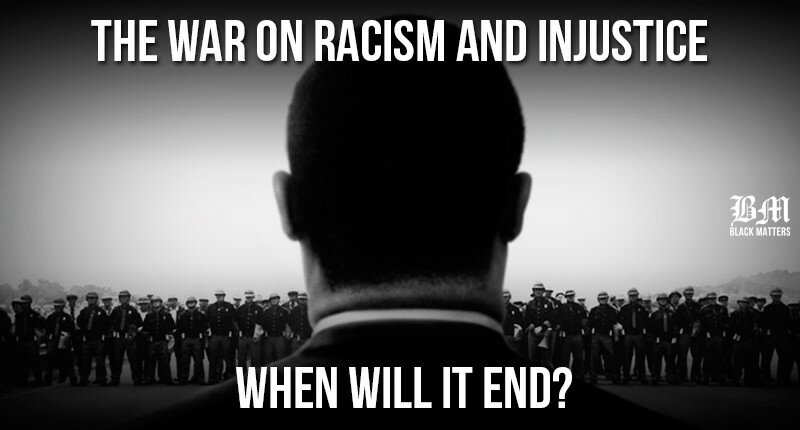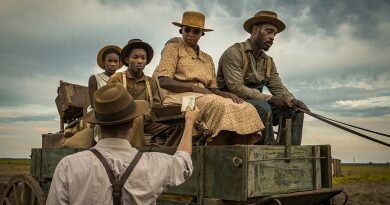The War On Racism And Injustice
Nowadays, war against racism and injustice has become much easier than it had been in the times of Martin Luther King Jr., but it is far from being over.
In the days of Martin Luther King Jr., communication was stiff and as a civil rights worker, bringing urgent news about a beating or an arrest of an activist to the public could do it only through a telephone call. You had to walk miles to get to the closest phone booth and you wouldn’t dare to call one of the major national civil rights organizations by dialing a standard long-distance number. Your call would be forwarded first to a switchboard operator who obviously is white and might block your request.
You’d use a Wide Area Telephone Service (WATS) or a line to reach a civil rights organization. Then your news could be compiled into mimeographed “WATS reports” and mailed out to organization leaders, the Justice Department, the media, lawyers, and other friends of the movement across the country.
It was really tough for activists in those days, yet they fought hard to bring justice to the people. They didn’t have the technology to fight against the unjust law, but their spirits moved them to the war on racism and injustice. “We will no longer let them use their clubs on us in the dark corners. We’re going to make them do it in the glaring light of television,” said Dr. King Jr.
In today’s quest to fighting against racism and injustice, one needs just to choose a suitable platform that will help you voice out to millions of people. Facebook, Instagram, Youtube and Vine are just appropriate if you have something to say or want to share video, photo of a protest or violent arrest.
But with all the media and technology we have today, how close are we to end racism, injustice and police brutality in our communities? We must continue to fight until we win by using the new means of communications to gather people and to express our will.
Share this article help fight against racism and injustice in our societies.






